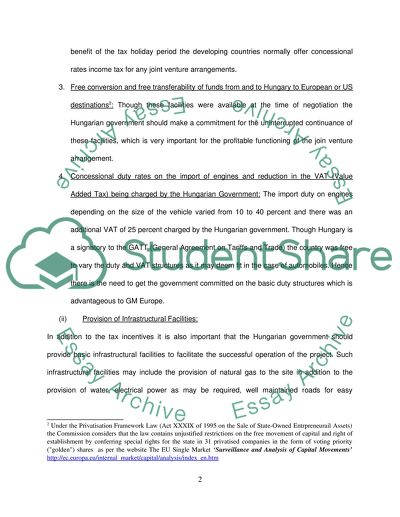Cite this document
(“International Business Management - Eastern Europe Essay”, n.d.)
Retrieved from https://studentshare.org/miscellaneous/1526580-international-business-management-eastern-europe
Retrieved from https://studentshare.org/miscellaneous/1526580-international-business-management-eastern-europe
(International Business Management - Eastern Europe Essay)
https://studentshare.org/miscellaneous/1526580-international-business-management-eastern-europe.
https://studentshare.org/miscellaneous/1526580-international-business-management-eastern-europe.
“International Business Management - Eastern Europe Essay”, n.d. https://studentshare.org/miscellaneous/1526580-international-business-management-eastern-europe.


